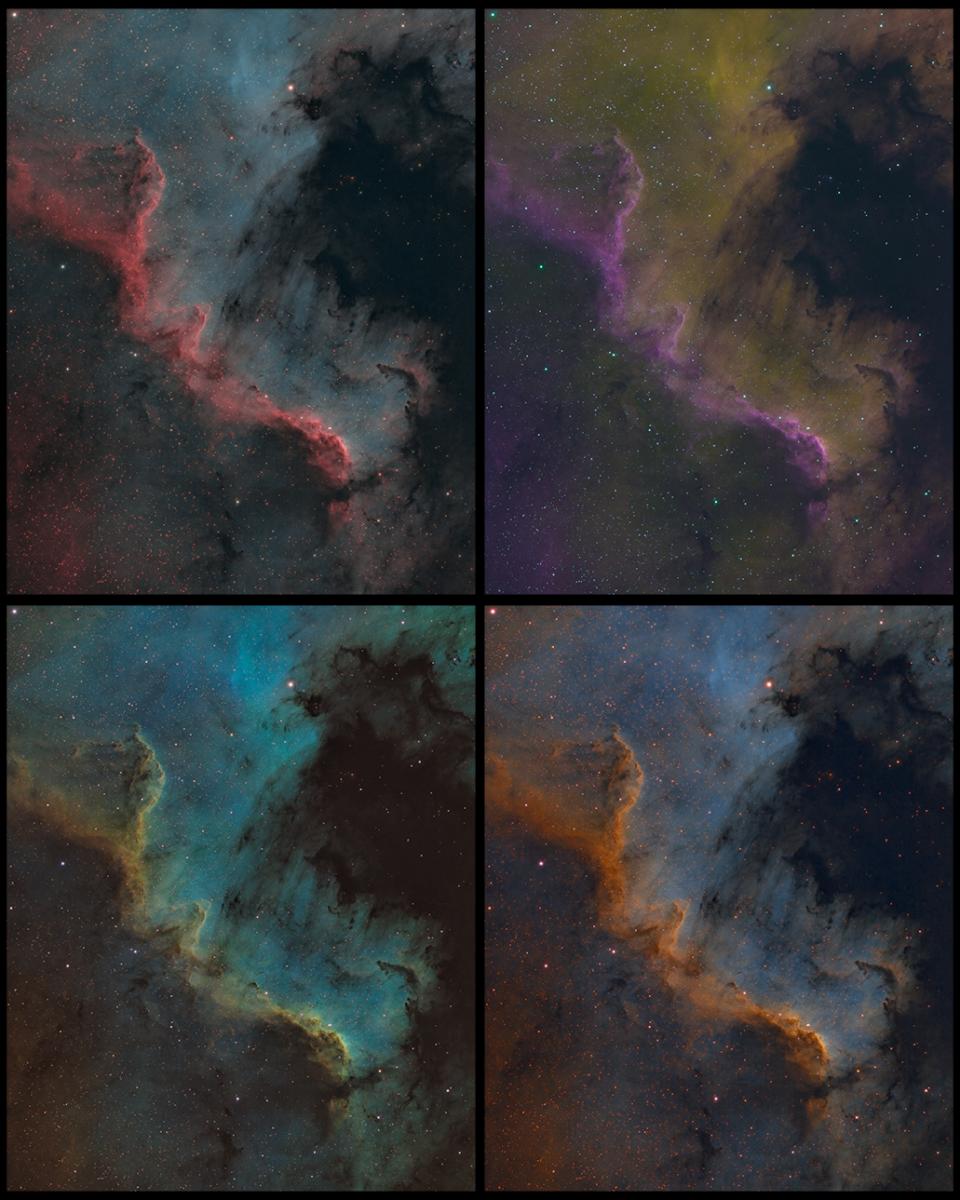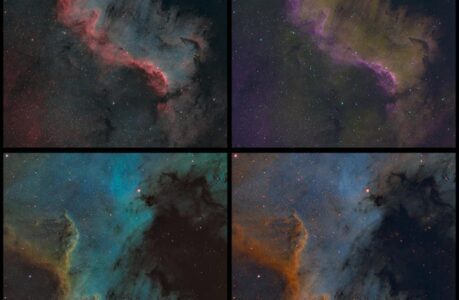Astrophotography, the art of capturing celestial objects through telescopes and cameras, unveils the stunning beauty of the cosmos. From vibrant nebulas to distant galaxies, these images showcase a myriad of colours that ignite our imagination and curiosity. But are the colours we see in these astrophotographs, particularly those from renowned instruments like the Hubble Space Telescope, genuine representations of cosmic reality? Let’s embark on a journey to uncover the truth behind the Astrophotography Colours.
Understanding Astronomical Imaging
Astronomical imaging involves the use of specialized equipment, including telescopes equipped with sensitive cameras. These instruments capture light from celestial objects, which is then processed to create detailed images. The process begins with light entering the telescope and passing through various filters that isolate specific wavelengths. These filters play a crucial role in capturing the desired features of celestial objects, such as emissions from hydrogen-alpha, sulfur, and oxygen, revealing the intricate structures of nebulae.
The Role of Filters and Sensors
Filters play a crucial role in astronomical imaging by allowing astronomers to isolate specific wavelengths of light emitted by celestial objects. Narrowband filters, for example, are commonly used to capture emissions from ionized gases, highlighting regions of star formation and stellar death. These filters are essential for revealing the intricate details and structures within nebulae, such as the iconic pillars of creation in the Eagle Nebula. Additionally, broadband filters help capture a broader range of wavelengths, enabling astronomers to create true-color images of galaxies, star clusters, and planetary nebulae.
The Challenge of True Representation of Astrophotography Colours
While astronomical images may appear to depict true colours, achieving accurate colour representation poses significant challenges. Unlike terrestrial photography, where colours are perceived based on the sensitivity of human vision, astrophotography relies on translating light into digital signals. This process involves complex algorithms and calibration techniques to ensure accurate colour rendering. However, even with these advancements, the colours we see in astrophotographs are often assigned based on arbitrary conventions or artistic interpretations, rather than being true representations of celestial hues.
Calibration and Image Processing
After capturing raw astronomical images, extensive processing is required to enhance details and reduce noise. During this process, astronomers adjust parameters such as contrast, brightness, and colour balance to create visually appealing images. However, these adjustments can sometimes lead to deviations from the true colours of celestial objects. Calibration techniques are used to correct for instrumental and atmospheric effects, ensuring that the final images are as faithful to reality as possible. Despite these efforts, the colours we see in astrophotographs may still be influenced by factors such as the sensitivity of the camera sensor and the characteristics of the filters used.
The Hubble Palette: A Technicolor Universe
The Hubble Space Telescope has revolutionized our understanding of the cosmos and captivated the world with its breathtaking images. However, the colours showcased in Hubble’s photographs are not necessarily true representations of celestial hues. Instead, astronomers often use a technique known as the “Hubble palette” to assign false colours to astronomical images. This technique involves mapping specific wavelengths of light to different colours, creating vibrant and visually striking compositions. For example, emissions from hydrogen-alpha are often assigned a red hue, while oxygen emissions are represented in blue or green. While these false-colour images are not true representations of celestial colours, they serve as valuable tools for scientific analysis, allowing astronomers to study different elements and phenomena within the cosmos.
Debunking the Myth of True Colour
Despite their aesthetic appeal, images produced using the Hubble palette do not accurately represent the true colours of celestial objects. Instead, they serve as tools for scientific analysis, allowing astronomers to study different elements and phenomena within the cosmos. By assigning false colours to specific wavelengths, scientists can highlight subtle variations in temperature, density, and chemical composition, providing valuable insights into the nature of the universe. While purists may argue for the importance of accurate colour representation, it’s essential to recognize the inherent subjectivity of astrophotography and embrace the fusion of art and science that defines this captivating field.
Further Reading:
- Understanding Astrophotography Filters
- The Hubble Palette: Creating Stunning Astrophotographs
- Enhancing Astrophotography with Image Processing Techniques
Explore the links above to delve deeper into the fascinating world of astrophotography and unlock the secrets of the cosmic palette.

